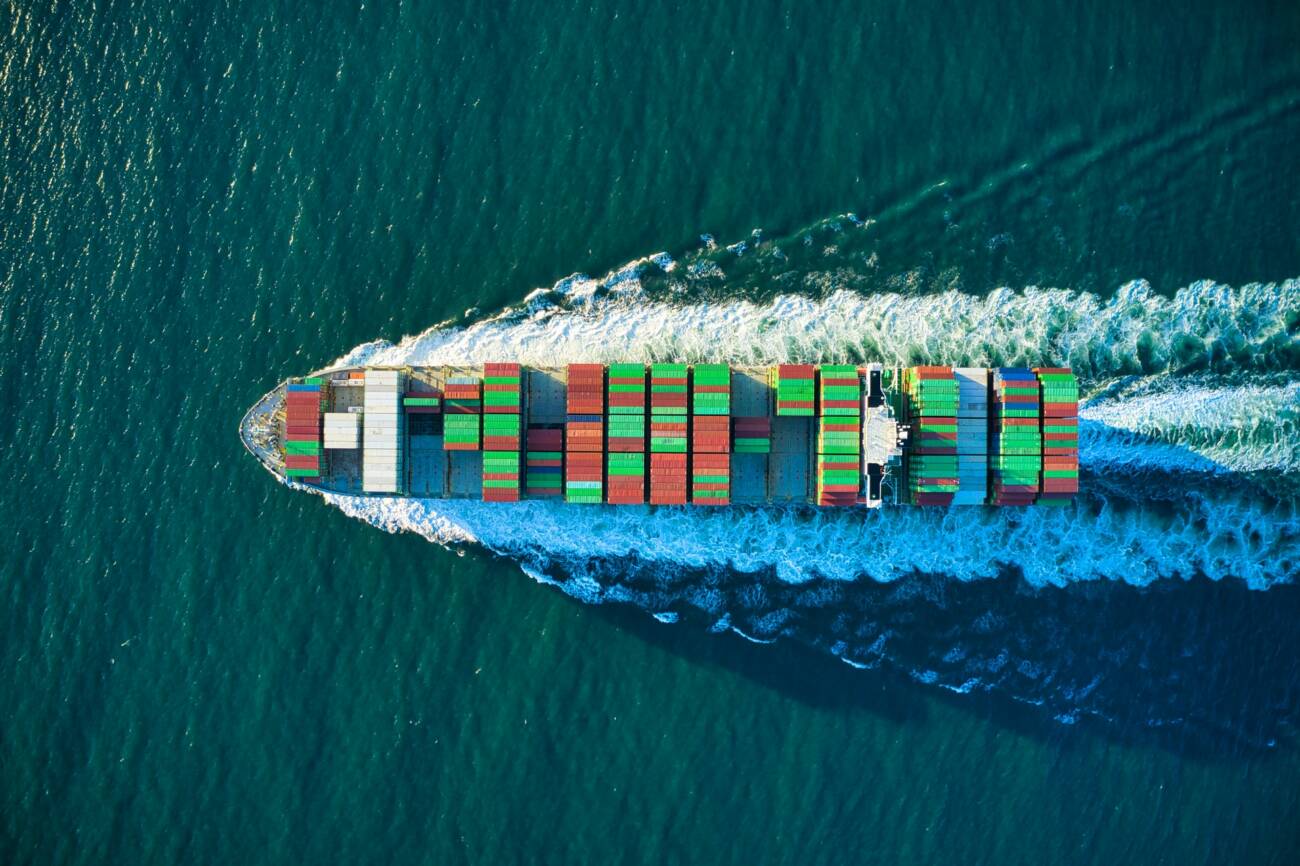Container shipping on shipping vessels is one of the most efficient methods of transporting goods across the ocean. The introduction of containerization (a shipping method where a large amount of materials such as merchandise is packaged into large standardized containers) resulted in a huge advancement for the marine industry. This allowed the industry to reach previously unheard of heights. However, the many types of container units used for carrying goods are a relatively new concept that has quickly acquired favor. The freight forwarding malaysia industry was booming and ever expanding thanks to these container units. Let’s take a look at the history of containers and shipping.
History of Containers
Container ships were invented in the twentieth century. At this time, a businessman from the United States named Malcolm McLean invented cargo containers in an attempt to streamline the process of carrying commodities across the ocean. With his invention, freight had to be properly segregated or deconstructed before it could be loaded onto a ship. This technique was extremely time-consuming and inefficient at the time.
Malcolm McLean fixed the problem by adapting the Ideal X, a World War II oil tanker vessel. These initial cargo containers were modified using the fundamental framework of that vessel and were essentially truck carts without wheels. This new endeavor needed the modified truck carts to be loaded with freight and successfully transferred from one location to another through shipping boats. The invention was a huge success which forever transformed the way people ship merchandise worldwide to this day.
The Impact of Containers on Shipping
Since unneeded activities that were previously part of shipping requirements were eliminated, the cost of carrying cargo was dramatically lowered due to containerization. Waterways were now largely utilized for international freight forwarding malaysia. As the usage of cargo transportation increased, so did the construction of harbor facilities and ports, with a substantial number of them built to meet this massive surge in demand.
Shipping containers also gave rise to marine organizations which established rules and regulations for the sizes and techniques of international shipping. This resulted in the creation of a standardized platform for all shipping containers and the subsequent establishment of the International Standardizing Authority. This Authority mandated that the size of containers must be 20 feet long (TEU’s) or 40 feet long (two TEU’s).
The Impact of Containers on Shippers
Shippers or more simply put, companies, may now export huge amounts from one area to another, opening the possibility to manufacture in off-site plants in other nations where workers may be less expensive or more precisely skilled. It also allows shippers to use warehouses all over the world, allowing items to be transported swiftly to diverse clients, not only those who are local and those who are international. Ever since the creation of containers, the cost of shipping has been greatly reduced as the cost of labor is no longer needed. Additionally, with so many ports and harbors open and actively receiving shipments from all around the world, shippers can move products quicker. Undeniably, the rise of containerization was beneficial to all parties involved.


No Replies to "<strong>Containers and Shipping</strong>"